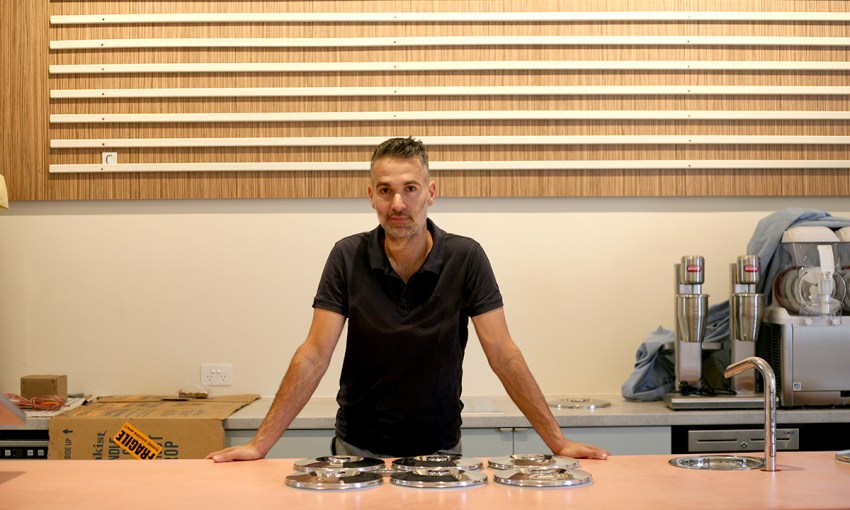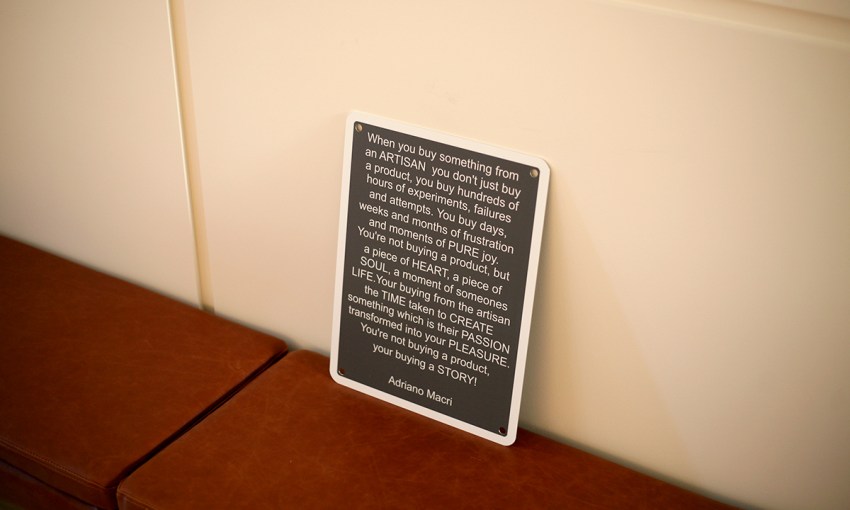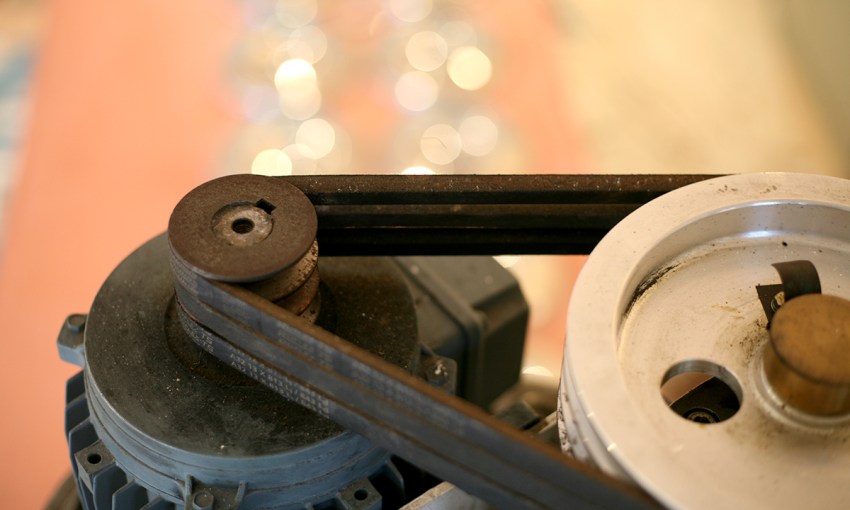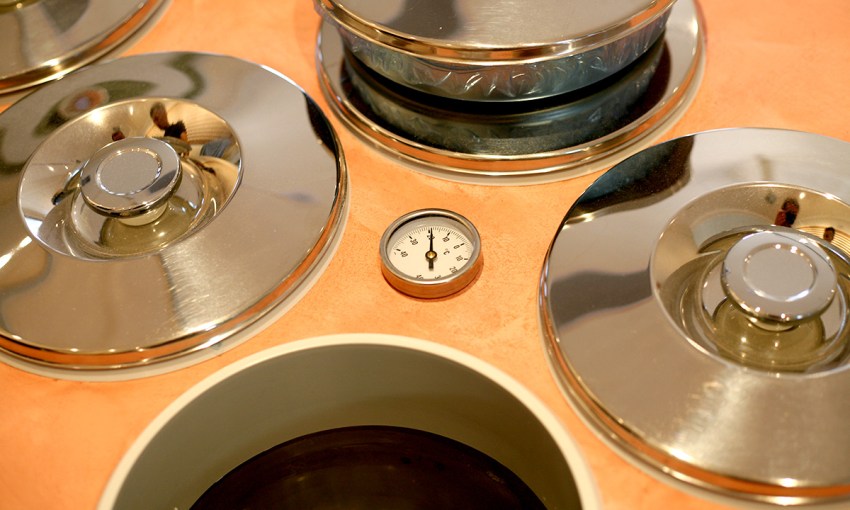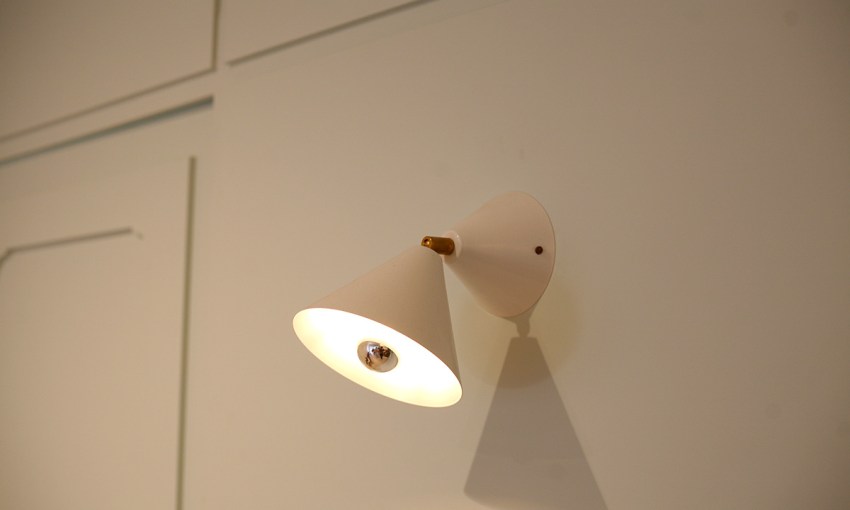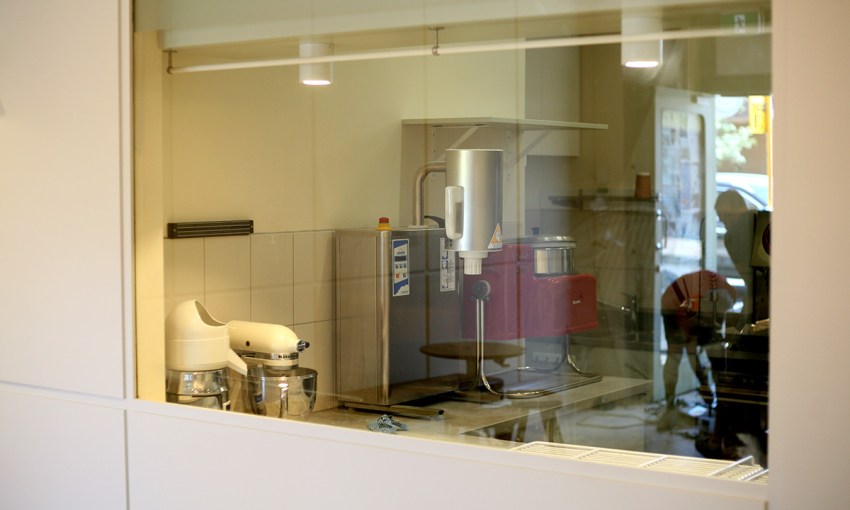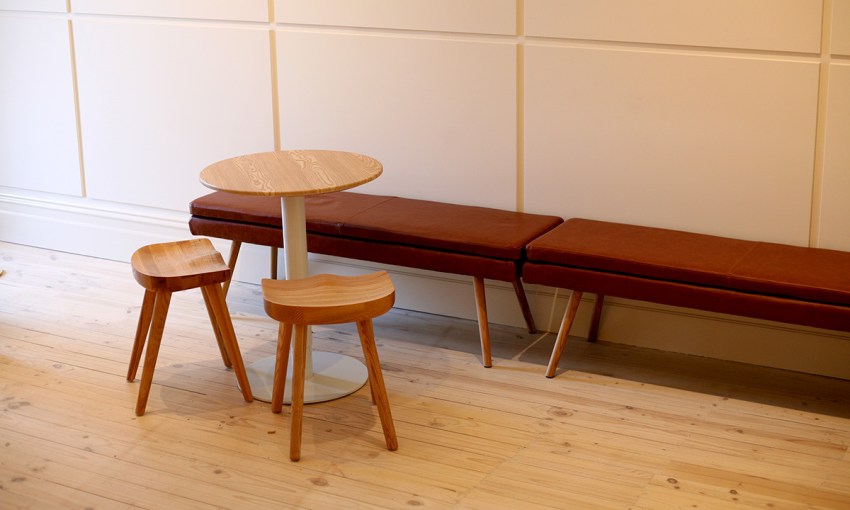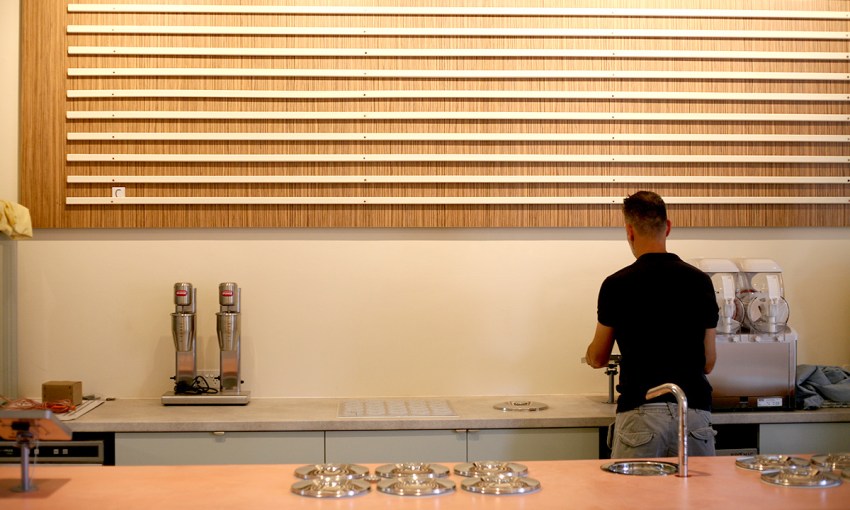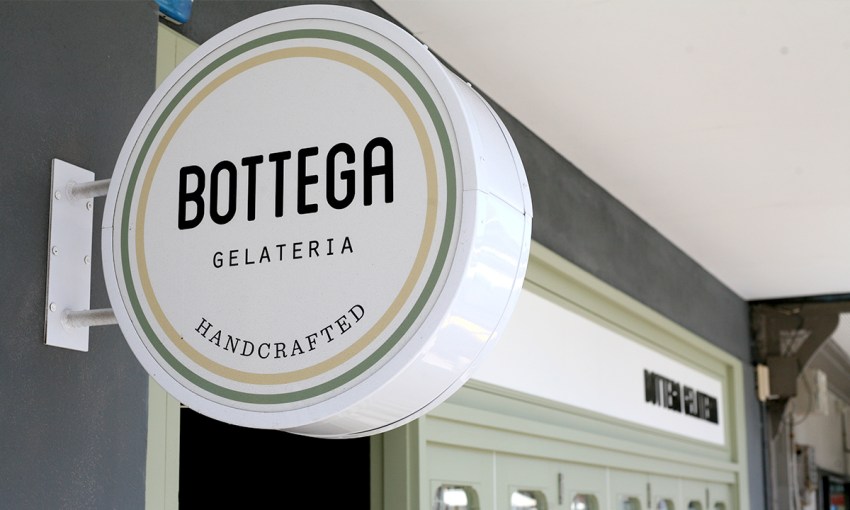And to celebrate this labour of love, owner Adriano Macri is giving away free ice cream this Friday.
An old-world gelati shop five years in the making opens in Henley this weekend
Bottega Gelateria is from another world.
In 1927 Ottelo Cattabriga of Bologna, Italy invented the first mechanical device to churn ice cream and its looming presence is the first thing you’ll see upon stepping into Bottega Gelateria on Seaview Road, Henley Beach.
Admittedly, Henley Beach is a ways out of our jurisdiction here at CityMag but Bottega Gelateria’s story invited adventure beyond the city’s four terraces.
Bottega Gelateria
Open Friday January 25th
FREE ICE CREAM 7pm – 10pm
249a Seaview Road
Henley Beach SA 5022
Sun-Thu: 12pm – 10pm
Fri-Sat: 12pm – 11pm
A business 15 years in the dreaming and five years in the making – Bottega Gelateria is the real deal.
Unlike many revivalist businesses with old-world paraphernalia used as props to create atmosphere, the Cattabriga isn’t some anachronism on display but will be working day and night to churn out gelati for your consumption.
“It results in a different product,” says Adriano Macri – owner and founder of Bottega Gelateria.
“More dense and creamy. There are no buzzers or timers, it’s done by feel and patience – it’s labour-intensive for sure,” he says.

The Cattabriga machine known as ‘Effe’ sits at the end of the bench. In the middle of the bench you can see a tap – this is an Italian-made tap that will pour hot Belgian chocolate onto your gelati if so desired.
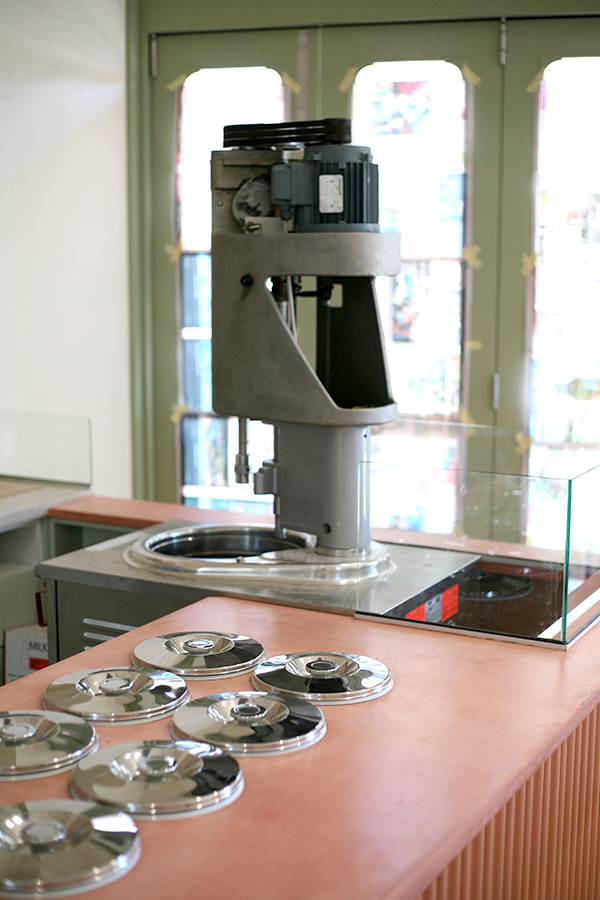
The Cattabriga ‘Effe’ (pictured here without its case) will add theatre to your gelati experience
Bottega translates from Italian as ‘the artist’s workplace’ Adriano tells us.
There’s a large glass window at the back of Bottega Gelateria, which gives Adriano’s customers a chance to peek inside his kitchen – which he calls ‘the lab’ – where he will make every single one of the gelateria’s 16 flavours from scratch. Adriano assures us you won’t see him opening any pre-made pastes or flavourings or bags to make his gelati.
“I import raw hazelnuts from the Piemonte region in northern Italy, where this specific variety – Tonda Gentile Delle Langhe – is grown in a small geographic region.
“It’s the only nut that’s been registered as an IGP – ‘Indicazione Geografica Protetta'” says Adriano.
Adriano is basically working with the Champagne of hazelnuts for his gelati.
He imports the raw nuts from a small farmer in Piemonte, roasts them in his shop, then grinds them in his black granite cocoa melanguer to create a hazelnut butter that he adds to the gelati base being churned in the Cattabriga in the front of the shop.
And while the hazelnuts come from Italy, Adriano has sourced pecans from the Riverland too. Ingredients will be local where the quality is world-class says Adriano.
Fresh berries, perhaps some peaches and real vanilla bean will be used by Adriano. Bottega Gelateria will have an ever-changing list of flavours (with some staples of course) as Adriano’s intention with his shop is to connect people with the produce of South Australia, our farmers and our land.
“It’s part of the slow food movement philosophy,” says Adriano.
“What I do is very rare,” he continues, “I don’t say that to brag but Slow Food Italia declared that approximately five per cent of gelati stores in the world – only five per cent – make everything from scratch.”
Stored in five kilo cilindri (containers), you won’t actually see the made-from-scratch gelati upon entering Bottega Gellateria.
While the interior design of the shop is entirely contemporary, with pastel colours and fine, leather upholstered furniture, Adriano’s idea for the shop is “a journey back in time”, where the technology, service and presentation are all in the style of an authentic 1930-1950s Italian gelateria.
Instead of displayed in the ubiquitous glass fronted display, Bottega Gelateria’s product will be housed in a pozzetti – a large chest freezer with canisters of gelati sunken into it, each enclosed with a lid.
The lid protects the integrity of the gelati, it also allows the gelati to be served a bit warmer so the taste comes out in its fullest form when scooped into the cone or cup.
“The best gelati stores in Italy usually store their gelati in these pozzetti – it’s like a big chest freezer. You can’t see the gelati and the difference is that it protects the integrity of the product,” says Adriano.
“I know it’s an impulse purchase,” says Adriano. “But I want to educate my customer, revolutionise the whole gelati experience and set a new benchmark.”
It’s ambition like this – that seeks to connect society through a treat to the merits of hard work, of provenance and agriculture – that gives us great hope for the future of food in Adelaide.
Adriano isn’t just providing a trip back in time for his customers but a delightful glimpse into the future of a sustainable and ethical economy that values the supply chain and rewards hard work – in this case – with a delicious icy treat.



